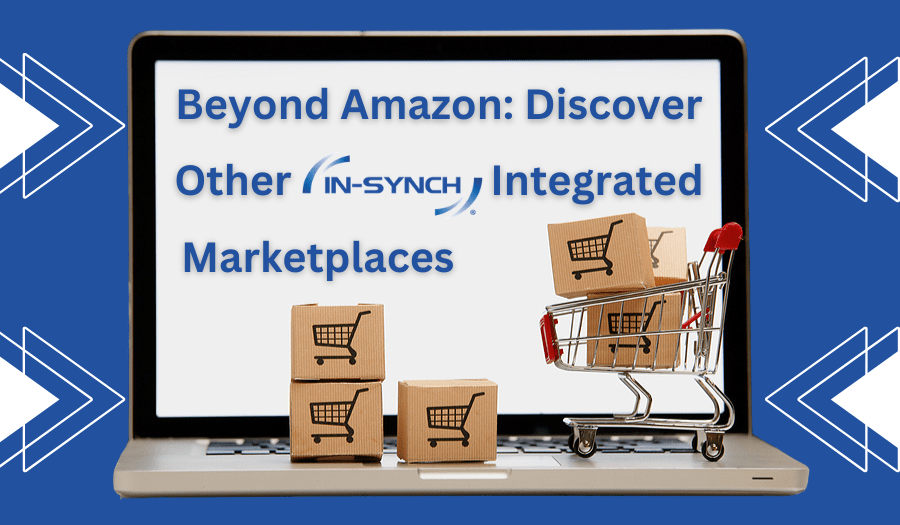By Ruth Richter • December 19, 2018

Let’s take a look at the inefficient intercompany posting methods vs. an automated intercompany posting process.
Intercompany Data the Old Way
Intercompany data includes inventory, sales, etc., any data that needs to be shared from one company to another and back again. Needing to deal with intercompany data is usually a good sign, because it often means your business has grown to include new operations, new entities, new supply chains, all things that signify expansion and success. But, if that data isn’t being processed quickly and accurately enough, the information delays between locations could wreak havoc on your business.
Here’s how that process might look right now for a Sage 100 user:
- An order is manually created in the Main Company’s Sage 100 ERP.
- Main Company manually creates a PO for Secondary Company.
- Secondary Company manually creates a sales order for the PO from Main Company.
- The order is processed and shipped from Secondary Company.
- Main Company manually completes the PO using a PO receipt entry.
- The order is invoiced by Main Company via a sales order from their Sage ERP.
Look about right? Did you break out into a cold, knowing sweat reading that process? There’s good news. That complicated, manual, six-step process can be automated and pared down to one manual step: shipping the order.
Intercompany Data the IN-SYNCH Way
Using IN-SYNCH by ROI Consulting, Sage 100 users can automate that intercompany data process with instant, bidirectional, and secure data integration. Using IN-SYNCH, that process looks more like this:
- A sales order is created in the Main Company ERP either manually or automatically via an ROI integration.
- The integration automatically creates a PO in the Main Company ERP that corresponds to the original order.
- From there, a Sales Order is automatically created for Secondary Company,
- Secondary Company ships the order. This is the only truly manual step necessary.
- Integration reads this action and creates a PO receipt entry for Main Company’s ERP for the original PO.
- This triggers an invoice to be automatically created for the original sales order that started the process.
We have been automating our customers’ intercompany processing right and left this year. If that process seems too good to be true, hear from two companies who have used IN-SYNCH for intercompany data and found this process to be 100 percent true.
Hand & Nail Harmony

We met them in 2015 when achieving internal automation reached a top priority with Hand & Nail’s growing quantities of intercompany data. Using IN-SYNCH to automate intercompany purchasing and fulfilling transactions helps maintain the smooth operations of this successful customer.
EBC Brakes

In 2015, EBC Brakes launched their fully integrated ecommerce store. Over the years, the channels of distribution have grown to several marketplaces and—with multiple companies set up in Sage—the manual entries were bogging the accounting department down. It was time to automate not only the marketplace activity with Sage 100, but also intercompany processing with Perfect Brakes. EBC now not only uses IN-SYNCH to keep its order process flowing smoothly through its own website and the marketplaces, they have all their intercompany processing automated. Just think of what the skilled accounting team can do with the time and effort that was returned to them with this great move.
Put the Brakes on Manual Processing – Achieve IN-SYNCH Intercompany Data Harmony!
With IN-SYNCH’s real-time Sage 100 data synchronization capabilities, you can be sure that any data—intercompany or otherwise! —is integrated quickly, securely, and accurately with very little manual input. Put that 20 to 30 percent of lost revenue back into your bottom line by reducing intercompany data inefficiencies. Contact ROI Consulting today and let us put you on the road to intercompany data automation.




